Europa is a passion project for Helder Pinto, an art director that has worked on some of the biggest games of recent times. Overwatch and Diablo 3 are examples of the calibre that Helder has been involved in. But since 2017, through his studio Novadust Entertainment, and in his spare time, he has been busy working on his passion project, Europa, a Studio Ghibli-styled, cosy exploration adventure game where you are on a journey to discover the story of the last human alive. Helder and his small team have put together a game that, for its three to five-hour runtime, will keep you invested enough for you to see its conclusion. The writing and the visuals are its strongest points, with the actual gameplay giving experiences we’ve enjoyed in many other games of this type. This is not a knock on the game itself, but just try not to have too many high expectations coming in that you’ll see numerous fresh ideas being thrown at you.
This unoriginality bled into the landscapes of the world, which at first seemed like well-designed and interesting architecture but soon became tiresome through similar-styled buildings and environments. It made me feel like I was exploring the same area as the previous one in some respects, just with buildings and items in different places. It’s only in the latter part of the game that things start to become more interesting, with the lush green fielded areas being replaced by more harsher lands that give your eyes something new to concentrate on. I would have liked to have seen this much earlier in the game, with more wilder and imaginative ideas, which, being on a different world from Earth, would be very much a possibility.
One thing that did appeal to me was the story, holding an emotional tale not only about this world but also the relationship between a father and son and second chances. The main protagonist, a young boy named Zee, is on a mission to uncover a tale that is told to him through his dad’s diary. This is paced out throughout the game, evolving the story as you play, and I loved it. It was the driving force for me to carry on, wanting to know what was next in this well-written and nicely voice-acted narrative. It didn’t disappoint either, saving some of its best until the last section of the game. To receive these snippets of the diary, you have to find the pages that are scattered around the world. I wouldn’t worry too much about missing any though, as they were all easy to find, and I never once thought I’d missed a section of the story, which was something I appreciated.
Transversal was mainly done by Zee’s jetpack, which I either missed on how he came to have or it’s just a day-to-day wearable for him. Unfortunately, the jet pack doesn’t hold a ton of power, and to use it effectively, you have to fly through power orbs to charge it up with. This can lead to a period of continuous flying when Zee’s glide is implemented effectively with the jetpack and the orbs. When these sections arose, they were some of my favourites. The game really nails the feeling of flying, and it was exciting to reach some power orbs just as you were running out, enabling you to fly for that little bit longer. You can increase the jet pack storage to hold more power through upgrades that are hidden throughout the game, which adds an incentive to explore that little bit more.
Of course, Zee can walk when needed, and he also loves to slide—a little too much though, as he does this in places that he shouldn’t and for longer than is necessary, leading to a frustrating slowdown in his movement until he’s decided to start walking again. Controlling Zee was also an interesting experience, as mostly it was fine, but he did feel a little unresponsive to my inputs in places. This was more noticeable after faster flying sections, trying to land, and more often than not struggling to stop him from falling off an edge. Even while walking, it just felt a little off, but it wasn’t enough to distract me too much; it just led me to be more cautious in certain parts.
I can forgive the controls slightly though, as the eye candy on offer is exceptional. The artistic skills on display here are very inspiring. I loved everything about how the artists drew the landscapes with that Studio Ghibli shine, and Zee himself was designed lovingly, and I appreciated the little touches like his missing tooth. The animation did show life and movement in a special way, with grass moving in the wind and wildlife roaming. This wildlife was one aspect I really enjoyed with the various designs, showing an err… “wild” imagination; there was not one that I didn’t like, and it was exciting entering a new area on what I was going to experience next on this front. Interestingly, you will come across animals that are native to Earth, depicted exactly how we see them, which made for quite the mashup with the more alien creatures.
Europa is described as a peaceful game of adventure, exploration, and meditation, and while that is mostly true with no combat or health bars to worry about, there is a part of the game that tries to disrupt that in an unsatisfying way. Along the journey, you’ll come across guns that will fire bolts of electricity at you, or you’ll start to find mines that will explode and stun you, and there are also flying creatures that will suck all the energy out of your jetpack, and you’ll instantly fall to the ground. Now, I understand why the developers felt they needed to add some conflict, but it made me feel like it was contradicting the whole idea of this peaceful trek. Like I said, Zee can’t die; he gets stunned and moves on, so what’s the point? It broke the free-flowing nature of the game and, more importantly, my immersion, getting constantly frustrated that I was being taken out of flying or exploration because I was being attacked and I mostly couldn’t stop it. It also broke the cosy feel of the game too, which was slightly jarring, and reader, I just felt like it wasn’t necessary. The game would have been fine without it, and to be honest, I feel like it would have made for a better game.
Europa is always trying to be a classy affair. With a cinematic approach to the camera. For example, when you leave an area, the camera pans over the next one, and it is quite film-like, but then all the hard work is undone by a rough transition from these moments back to the game itself. Obviously the game needed to load some code, but it just felt a little messy and took away the cinematic look the developers were aiming for. The orchestral soundtrack did its job though, with very cinematic pieces that did set the atmosphere well, but there was nothing exciting here, nothing to get you pumped up for what was happening, though I will admit that it did play a good part in the latter part of the story, especially through the more emotional segments.
Some other parts of the game worth mentioning include the sketchbook. In certain places, you’ll be prompted to sketch something that’s in that particular environment, like a swarm of insects, and all it involves is you just pressing a button for the sketch to appear. This was fun as a little distraction, even if it didn’t lead to much. It was slightly annoying though when you were prompted to sketch something when you were in the middle of flying! One other aspect of the game is the green jewels, which are scattered all over the place for you to find. There are forty in total, and some of the hiding places are quite inventive. And I did enjoy the simple puzzles on offer too, which involved colour blocks that had different abilities depending on the colour or collecting wisps to free a lock that I could then activate to open a door. Nothing taxing, nothing too innovative, but they were fun, which at the end of the day is all that matters.
Europa isn’t going to set the world on fire, especially through its more troubling aspects. But there is a fun enough experience to be had, and one that strangely reminded me of Journey in multiple ways. The visuals are the standout here, making you feel like you are in a cartoon with their bright, colourful and detailed graphics, and it helps that the flying mechanic was entertaining and well implemented. I did have a good time in Europa, even with its unnecessary conflict, and I think that if you are after an easy-going adventure game with an emotional tale, then you might well have a good time too.
Release date: October 11th, 2024
Platforms: PC & Nintendo Switch
Price: £13.49
Version tested: PC Via Steam Deck
Many thanks to the publisher for the review copy.
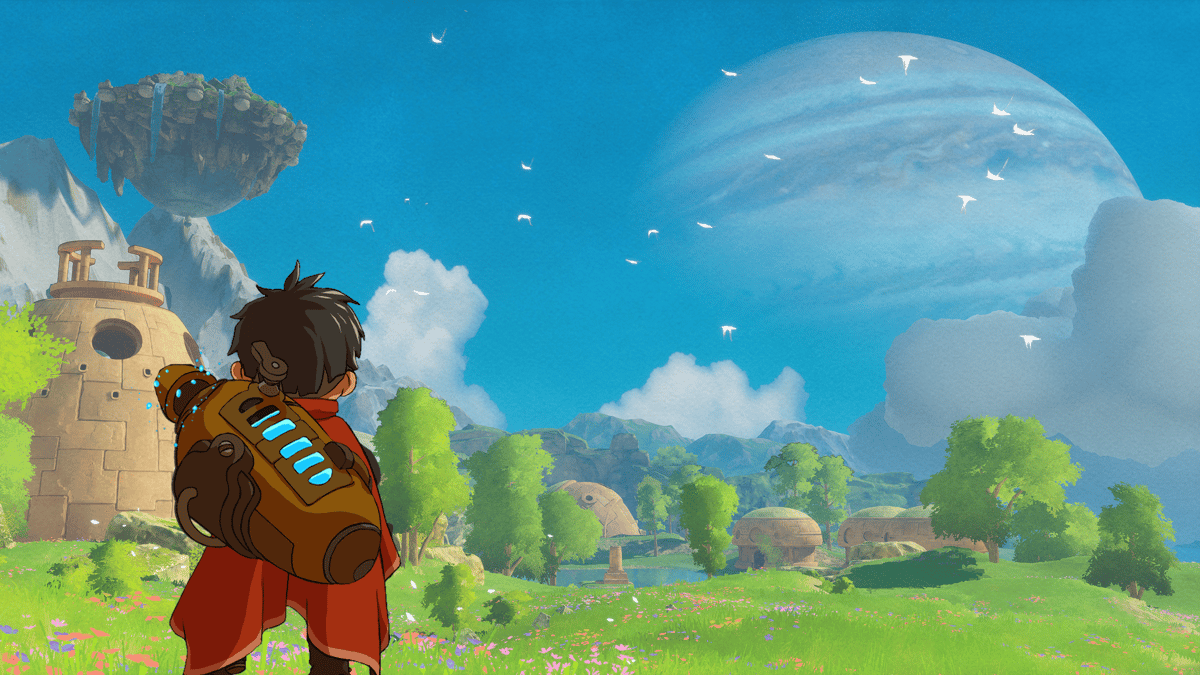
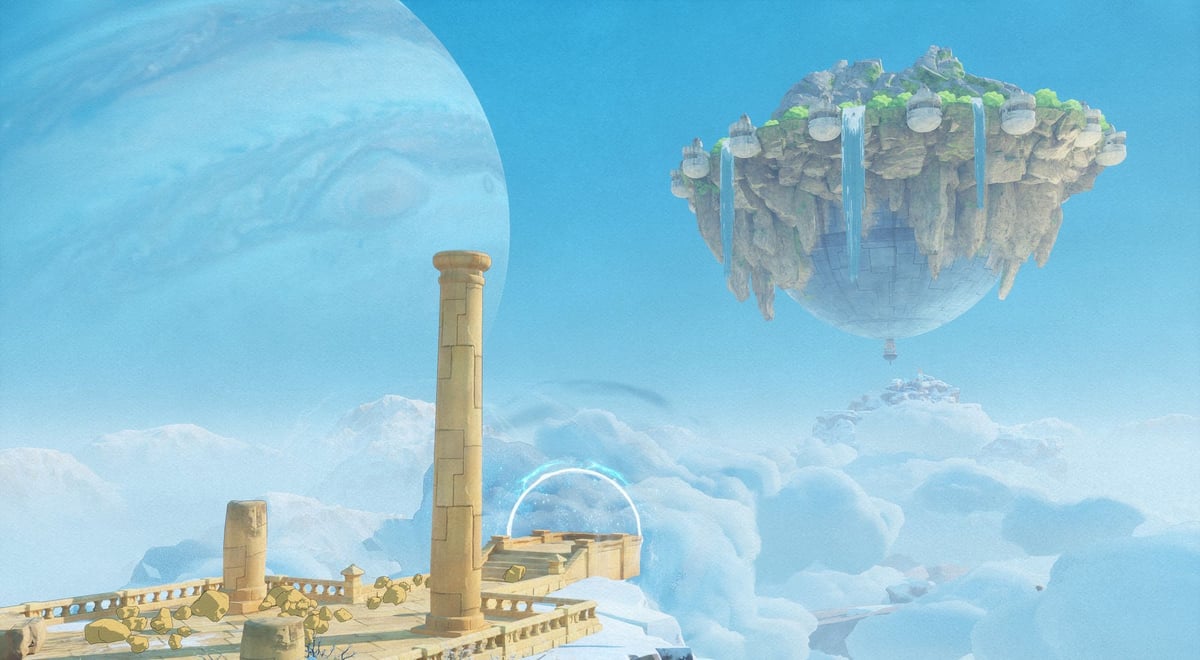
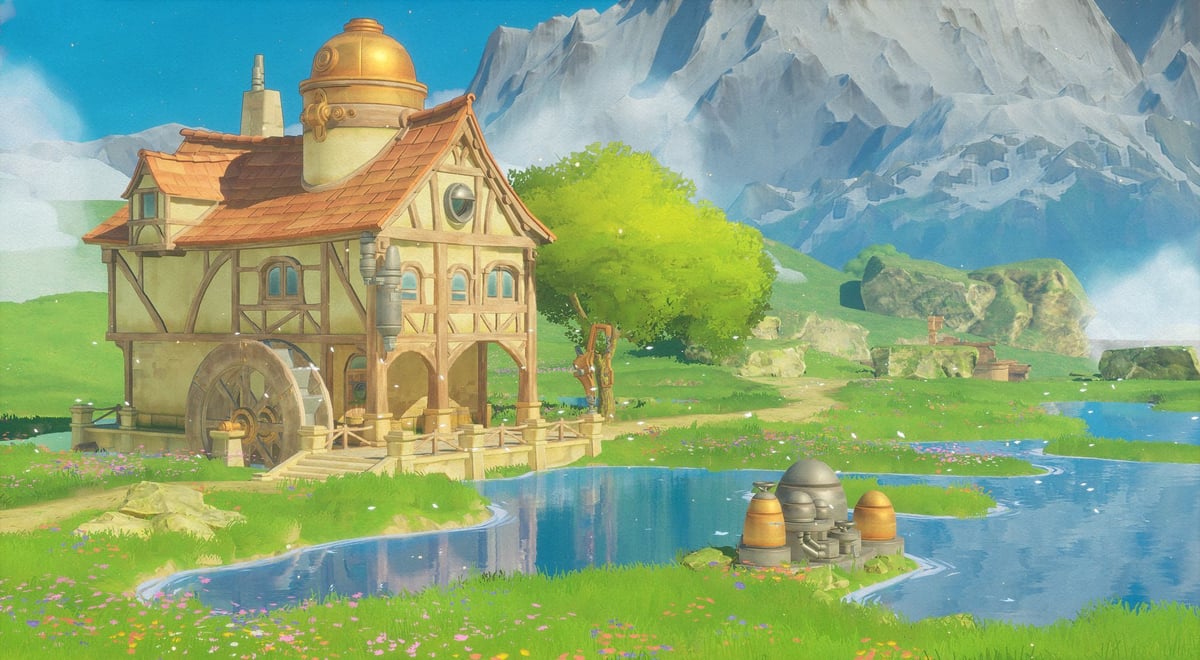
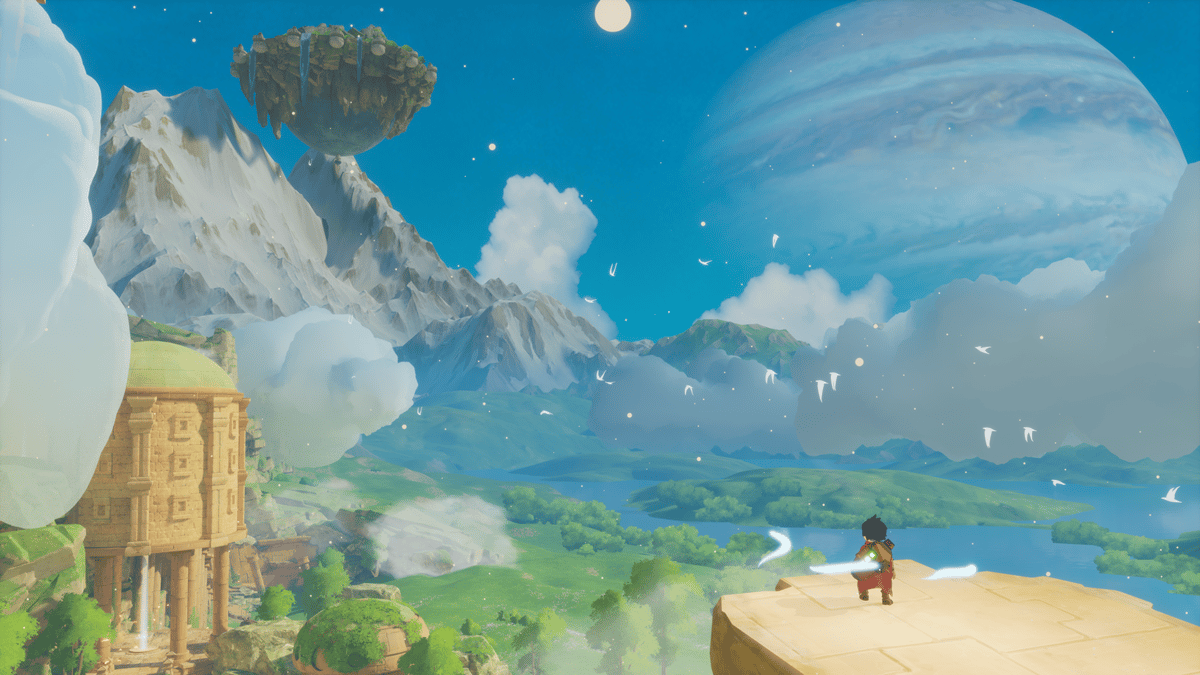
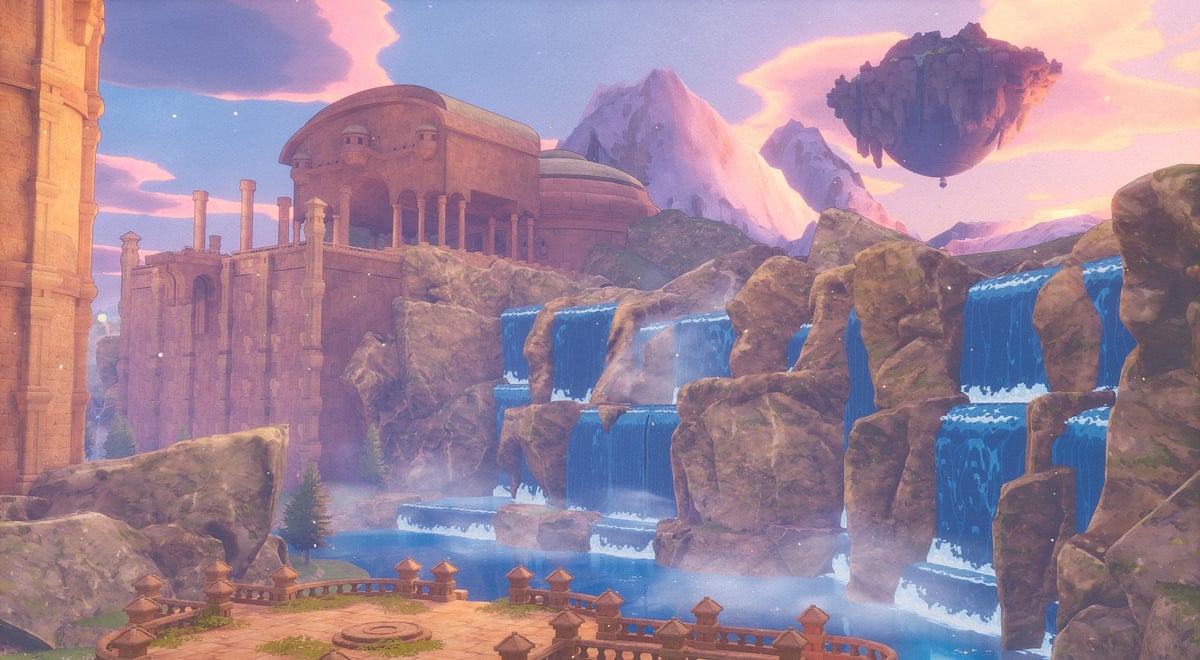
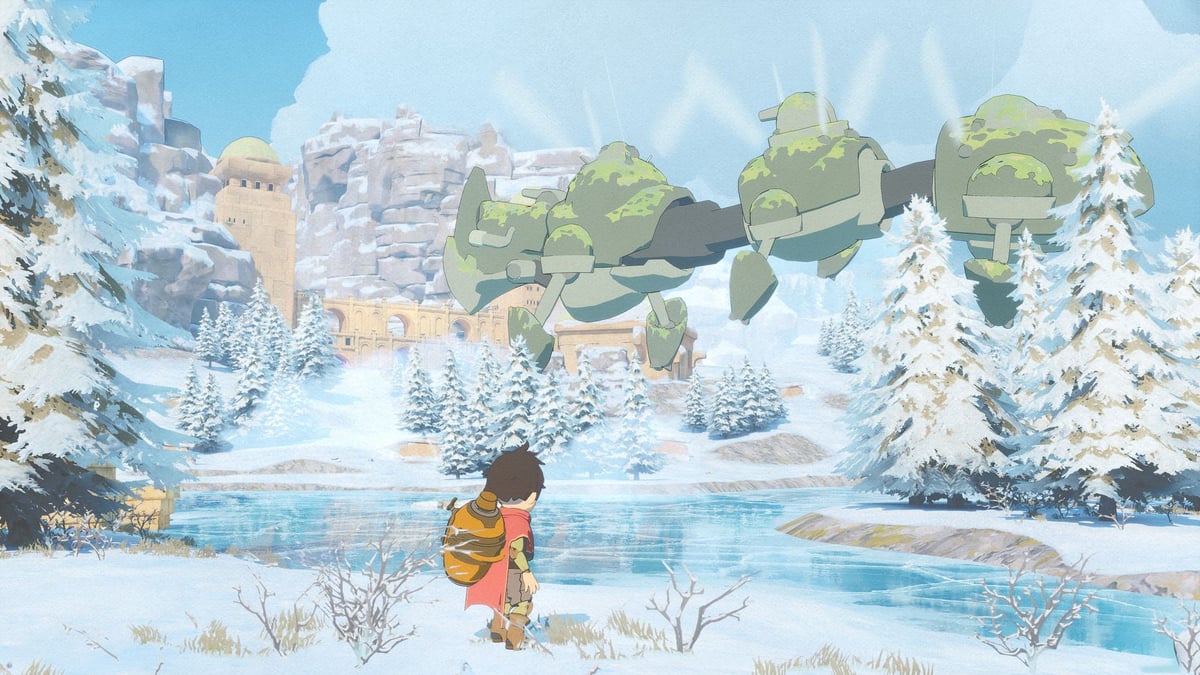
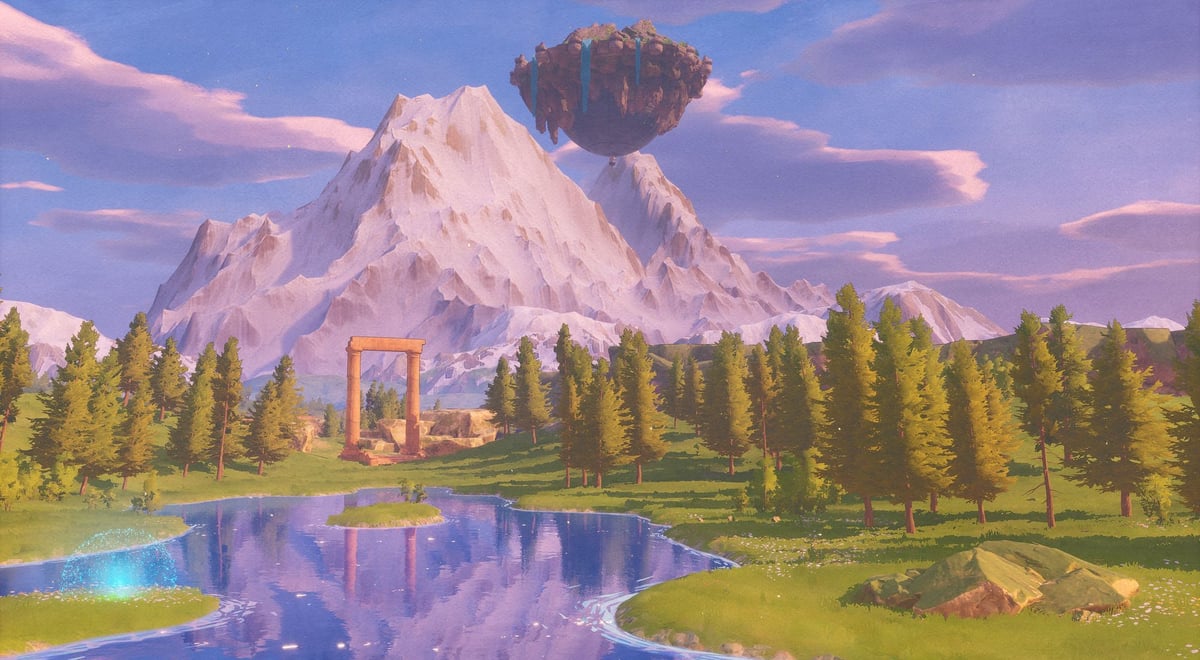
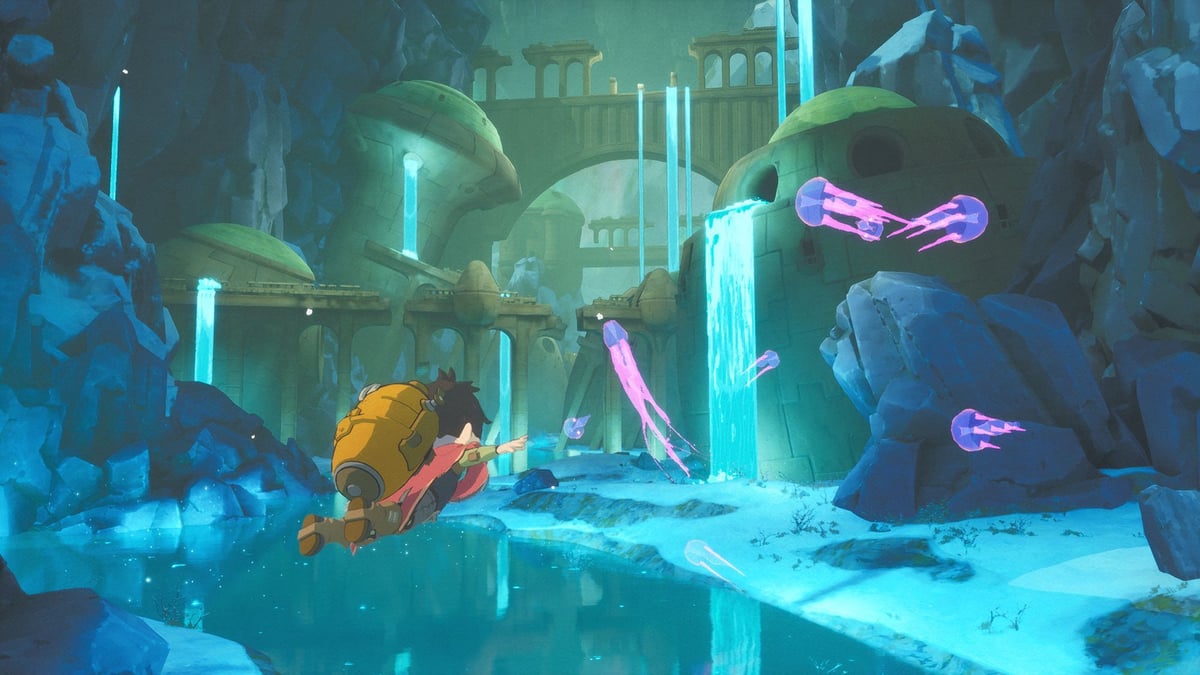
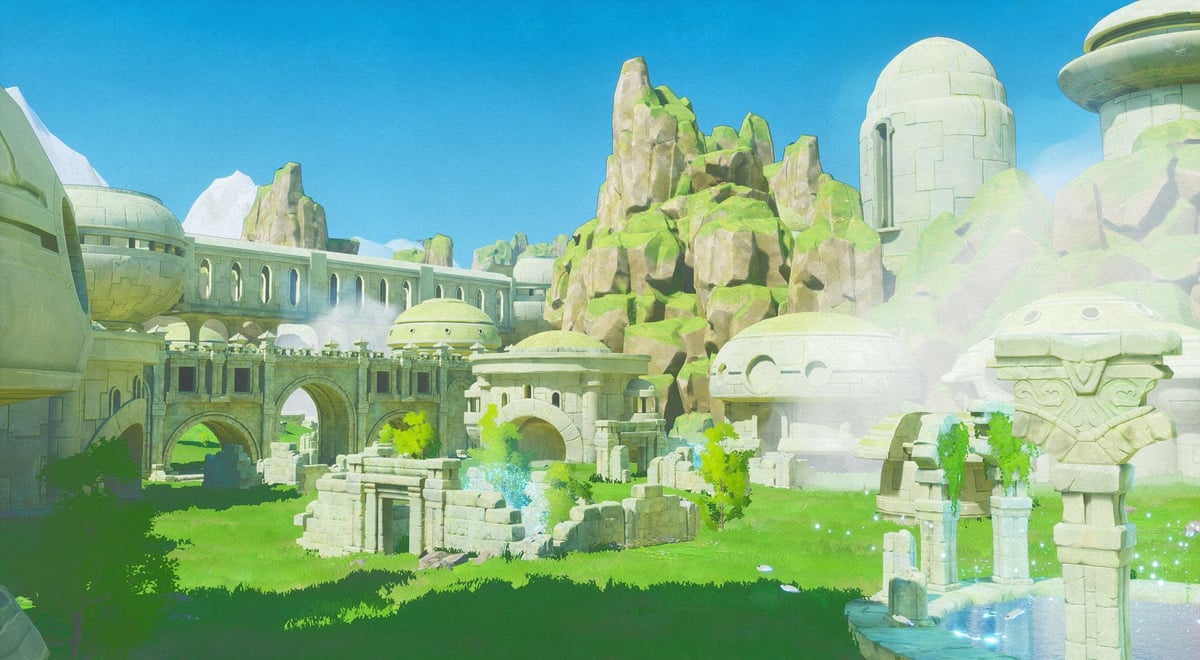
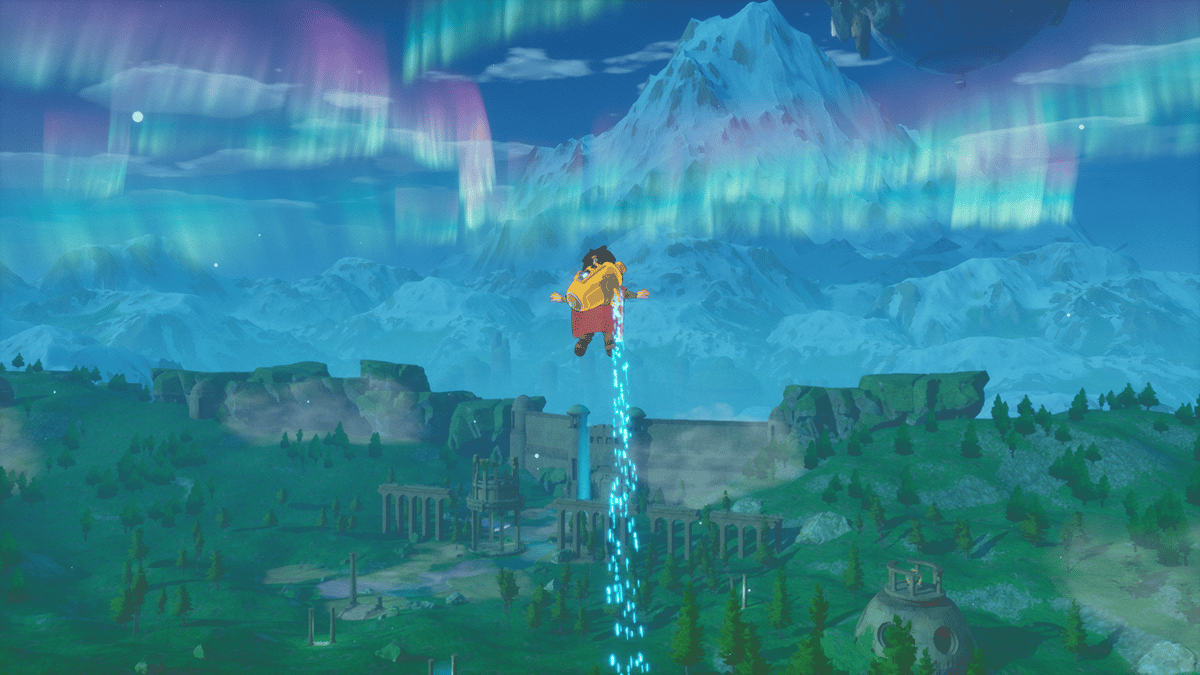
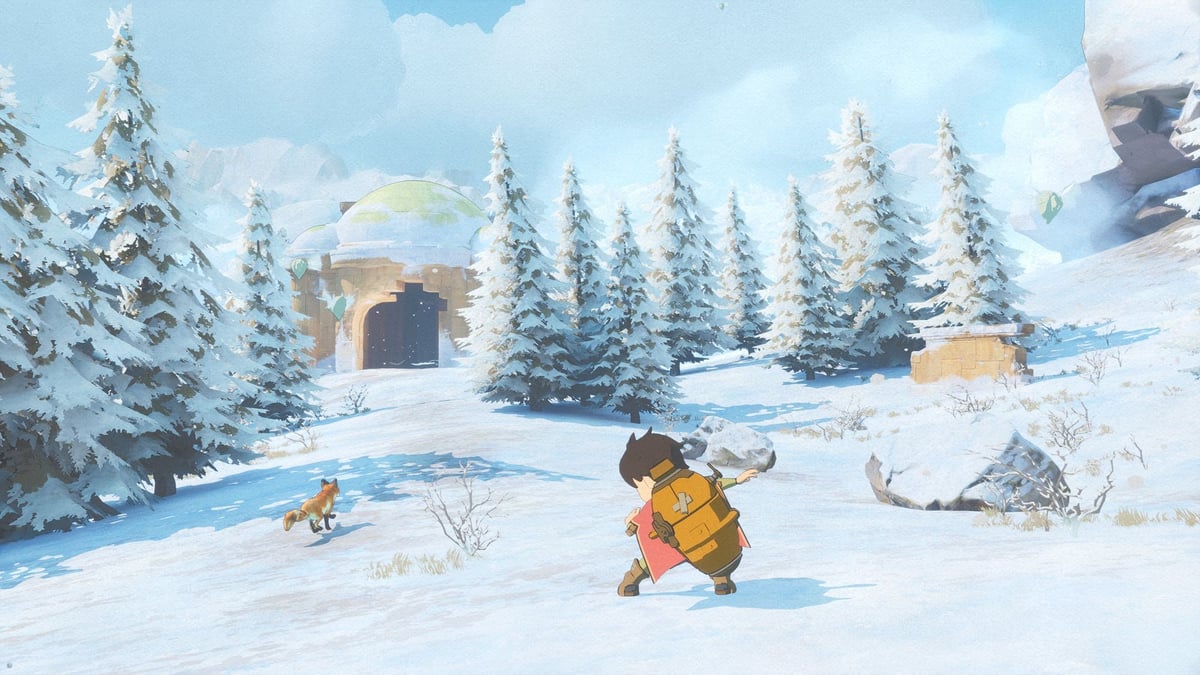
Comments
⚠️ Comments for this post are closed ⚠️